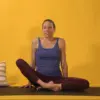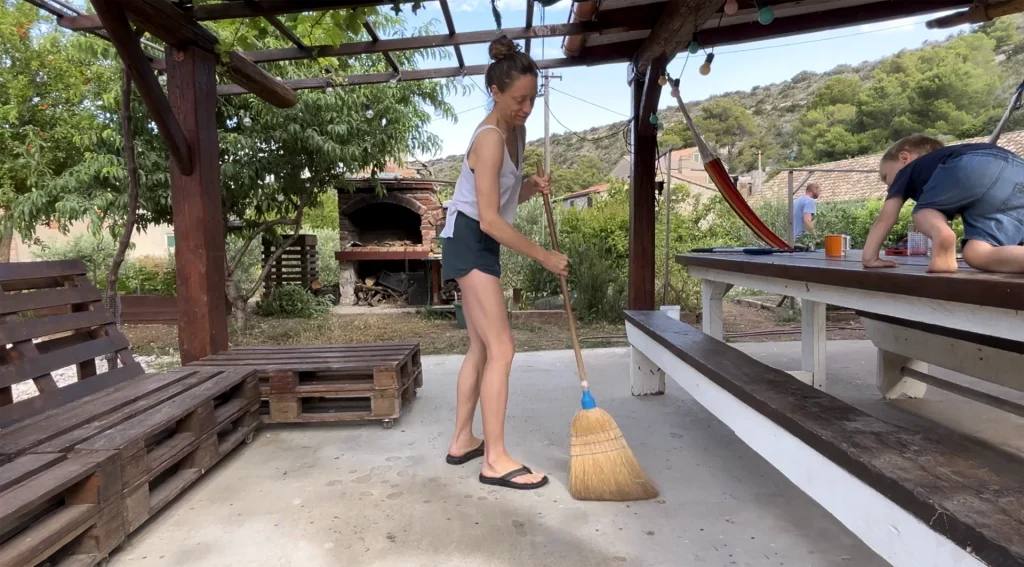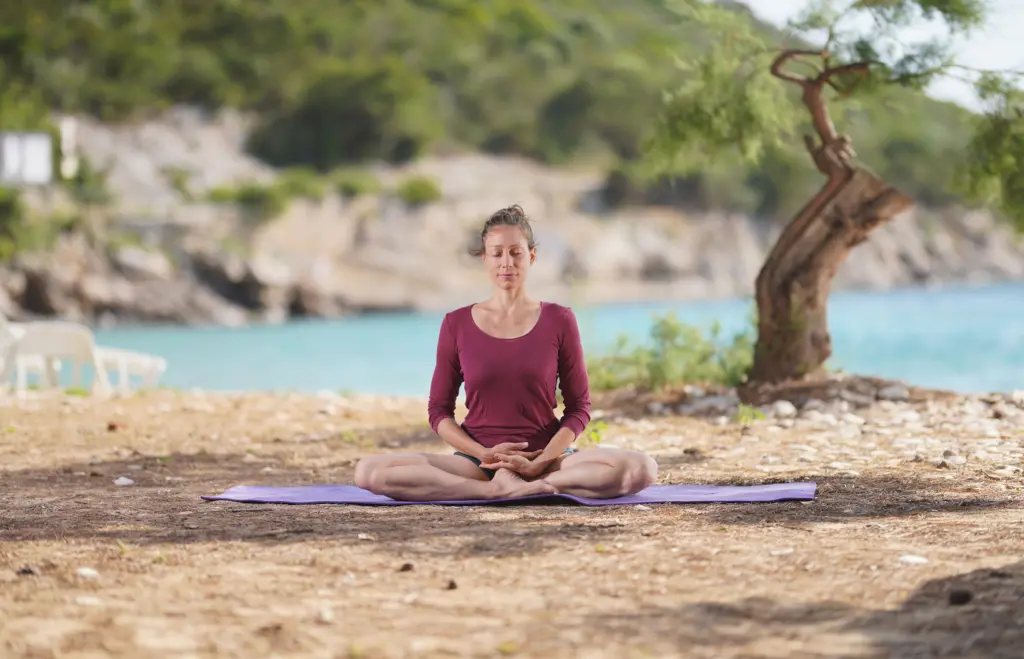The natural way to a stress-free life
5 yogic approaches to deal with stress
Term stress, which we use to describe our psycho-physical state, is a derivative of a term from physics. Stress is defined as the magnitude of forces that cause deformation. Stress is not the influence of force, but the deformation that occurs under that influence. We experience the impact of stress almost every day, but that does not mean that we have a problem with stress.
Like other mammals, we have a system in our body that deals with managing stressful situations and de-stressing after them. For example, a cat after experiencing a stressful event, comes to a safe place, starts shaking to release adrenaline from the body, and then rests. A cat does not remain stressed after a stressful situation. This is how we can also be – active when we are in a situation that requires our activity and completely relaxed when it is time to relax, which means that our stress management system is functioning healthily.
Stress is not caused by what happened to us, but by the way we accept it and how quickly we can let it go. We have a problem with stress if we cannot let go.
Subjective stress that affects us latently and long-term creates a “deformation” that we call chronic stress or anxiety. Subjectively, means that we are under stress because of the way we perceive the situation, how we are conditioned, because of our character, the habits we have, trauma and past experiences. Latent means constant, little by little, hidden but still present. Long-term exposure to stress is, for example, a state of war in the country, and short-term exposure is falling off a bicycle.
Stress can be solved precisely because it depends on our perception and the situation, as long as we perceive that we are in danger, hormones are activated in our body that prepare us for fight or flight (cortisol and adrenaline). This results in alertness, increased concentration, willpower and strength, but at the same time the inability to relax, digest and rest. Long-term stress can be felt as a feeling of discomfort, restlessness, dissatisfaction, fear, helplessness, anxiety, insomnia, and the like.
Stress affects each of us differently, the consequences show where we have a “weak point”. The weak point is at the same time an invitation to approach the solution and treatment of the problem in this way.
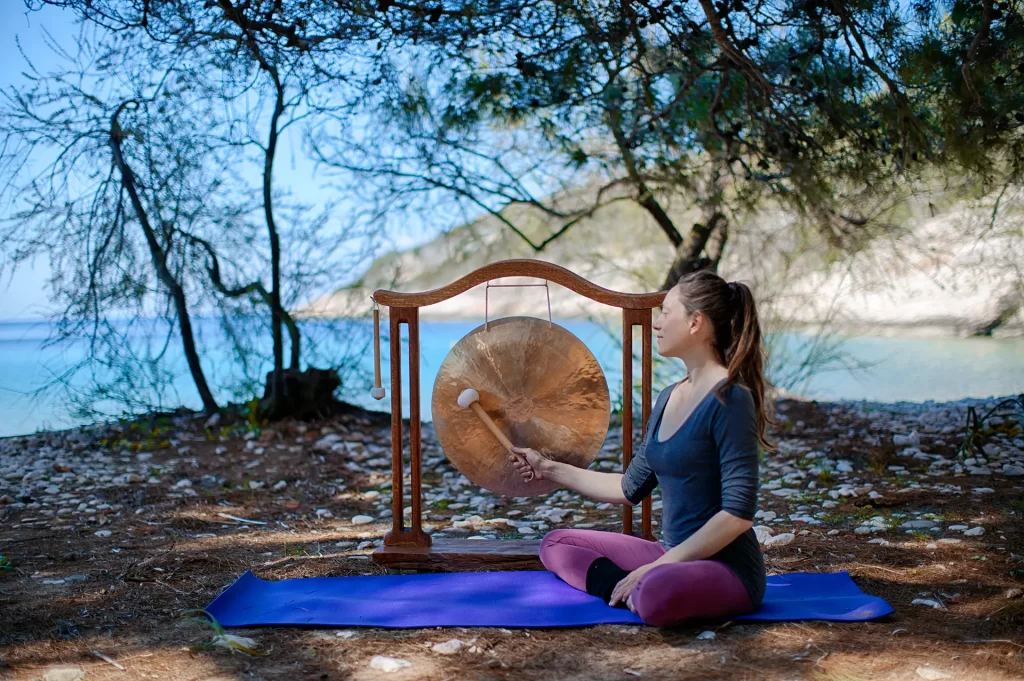
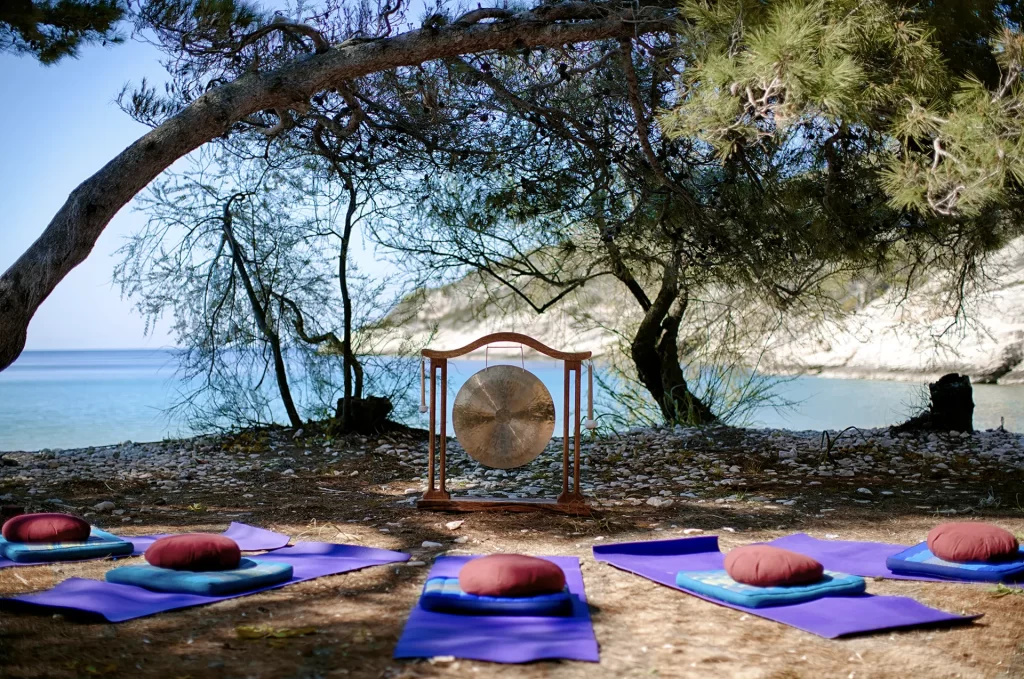
Photo: Stjepan Tafra
5 yogic approaches to deal with stress
1. Mindfulness meditation
Meditation is the time when we stop and calm down, look inside ourselves and see what thoughts are present, what feelings are in the body, it is the time when we become aware of our “inner atmosphere”. Through meditation, we create the habit of first seeing (actually feeling) and trying to understand what is there and how it drives us to react, but then we react consciously and carefully. When we create a little peace around the noise of thoughts and feelings, it will be much easier to discover the daily “thorns” that are the reasons for activating stress in us. When a trigger for stress appears in our everyday life, we may be able to react in a way that does not add to the stres, perhaps we say something in a different way, we behave differently. From training in meditation, we have the experience that we do not have to automatically believe what we feel, we have the experience of calmly observing and letting go of the intensity of the reaction that often comes as the first instinct. Meditation is synonymous with relaxation, but it is a side effect of this conscious mental and energetic work. Certainly, this is extremely useful in dealing with stress – knowing how to relax and rest your mind. More about mindfulness on the blog: What is mindfulness and why should we meditate.
We meditate to be more aware of the causes that create stress, but also to calm down and relax.
2. Faster letting go through the body
Stress is a cocktail of chemistry in the body, and the problem is if that chemistry is not passed through the body. That’s why we have the term “letting go through the body”, which refers to the fact that the body knows how to release the chemistry it produces (when it is no longer needed) in a healthy way. Of course, our “mind” should also cooperate in this way, and also let stressful thoughts go and does not spin them in circles. It is often anger, worry and fear that are repeated and that stress us senselessly. But letting go through the body just means relaxing the muscles that have been activated by stressful thoughts or stressful situations. I repeat, the body does this by itself if we let it, when it finds itself safe. A banal example is running in front of a predator, then the psoas is activated, the muscle that is among the first to be filled with adrenaline in order to start running. After the danger has passed, the psoas relaxes. By sitting in offices for a long time, the psoas is constantly shortened, and the stressors are of a “mental nature” such as deadlines, cooperation with difficult clients and expectations from us. We help our bodies natural mechanism for letting go with yoga – we comfortably stretch our muscles, exercise with mindful movement and breathe deeply. Health is the absence of disease, but more than that, it is the possibility of quick and effective recovery and living a life in its best energetic form. This is why letting stress and other emotions and conditions through the body is a very important skill that we can learn.
3. Re-programming stress
In yoga asanas, we put our body in a position that signals danger to the nervous system, but we have now consciously entered that stressful situation in controlled conditions (body position and the place where we do yoga) and we breathe deeply and calmly, which tells the body “everything is fine “. With this mechanism, we reprogram the automaticity of stress into a reaction that is under our control. We are not a “victim of stress”, but someone who manages it and is ready to know what exactly is happening there. We become more resistant to stress because we are less afraid of the pressure that it creates in the body, we know better how to balance it with the breath and stay strong. Our body is a home that becomes a safe place. We learn how to allow ourselves to feel a difficult situation but also to let it pass.
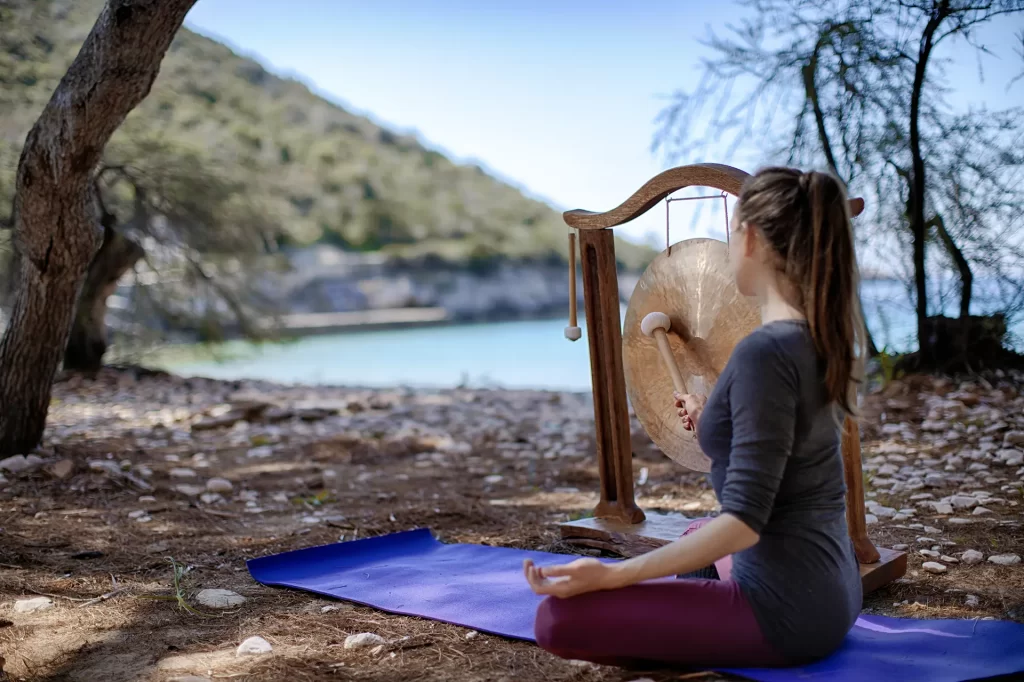
Photo: Stjepan Tafra
4. Relaxing breath
Sympathetic or Parasympathetic this is the question.
Our optimal daily functioning takes place in the action of the parasympathetic nervous system, then all vital functions are optimal, the breath is deep and calm. Stressful situations activate the sympathetic nervous system, releasing adrenaline and other reactions that prepare the body for a fight-or-flight action. Among other things, the breath is shortened, its frequency increases. If the danger does not pass soon, the sympathetic nerve maintains this state continuously. I mentioned the breath because it is a function of the autonomic nervous system that we can consciously regulate and is the language we use to communicate with our body. Yogis recognized that with the rhythm and quality of breath, we can change a lot of things in our body instantly or in the long term. That’s why “learning to breathe” is an art in itself, these are valuable methods by which we listen to what the body tells us, but also guide it in how to react in a certain situation. The best controller of our emotional state is in our body.
The main principle is that a long exhalation activates the parasympathetic system, and a longer inhalation activates the sympathetic system. So, if we want to relax, we emphasize the length of the exhalation, and if we want to wake up, we lengthen and intensify the inhalation.
5. We are not alone feeling stressed
It seems that people are ashamed to admit that they have a problem with stress, anxiety and in general any mental instability.
First of all, it is not a problem of the individual, but of the culture in which we live, which presents unhealthy ideals and expectations. I anonymously asked a group of people what causes them stress and the answers were very similar: work, deadlines, fast-paced life, difficult relationships… None of us are alone in what we feel, we don’t have a personal flaw. That anxiety is an invisible layer in the culture we live in that we don’t see like a fish can’t see that it’s in the sea.
Secondly, we all need to work on understanding our mental and emotional states, not only those who “have a problem”. There is an increasing need for “spiritual work” or “self-help”, and I don’t mean anything bad, in fact, this aspiration has existed since ancient times. That is why it is not at all shameful to meditate or to want to get to know yourself and improve your relationship with yourself (from which relationships with other people arise). The individual therefore does not ask for help because he is not well, but precisely because of the virtue of wanting to be well, which is extremely commendable.
Thirdly, help yourself however you know how, you don’t need to wait and suffer stress, life is good when we are well and we should strive for that at all costs. Talk to your loved ones, understanding of a friend is a great medicine. Seek help from professionals. Do yoga and meditate. Love and take care of yourself as you would for your loved ones.
In April, we are doing Antistress yoga at online yoga, going through the methods mentioned above, exercising, breathing and meditating so that each of us can find our own way to deal with stress when necessary. Join regardless of whether you have done yoga before and try the benefits of these methods.

